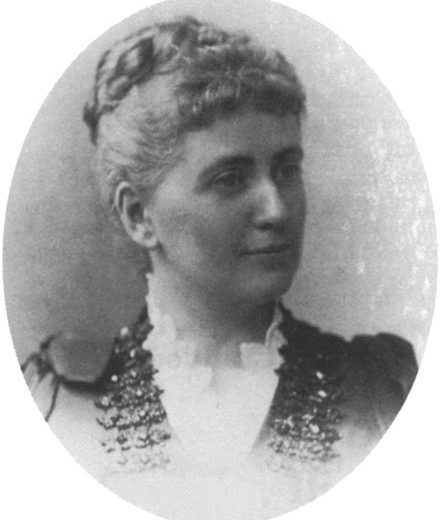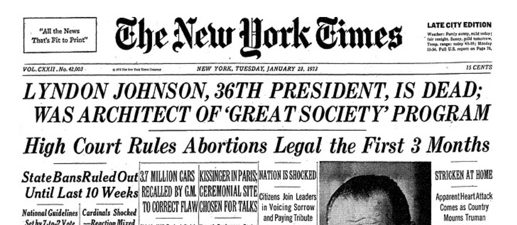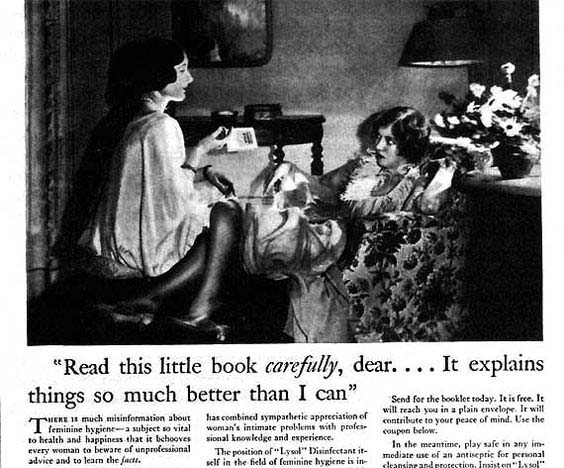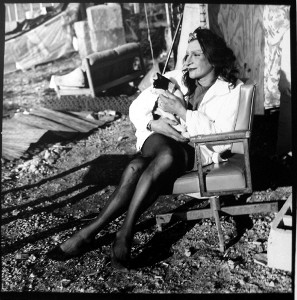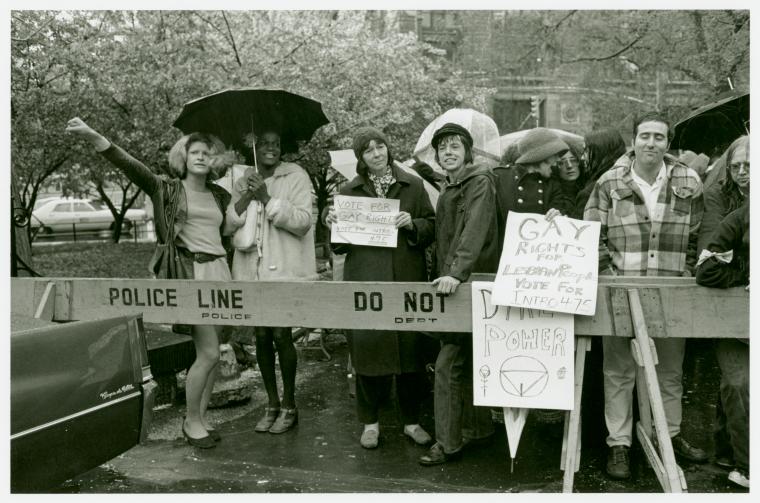A while back, I did an article listing early sex manuals. Inspired by Women’s History Month and a desire to delve deeper into a book off the list, I decided to look into the work of Ida Craddock.
Born in Philadelphia in 1857, Ida Craddock turns out to be quite a fascinating woman. Her work is an interesting amalgamation of free speech, religious eroticism, and Onanism. Ida not only talked frankly about sex but also advocated sex for pleasure and seeing to a woman’s needs first, at least among married couples. She even gave detailed instructions to women on how to move during sex to make it more pleasurable. Ida not only offered her advice via written pamphlets but had an office on Dearborn Street in Chicago where she offered in-person consultations for married couples.
Anthony Comstock was not having any of it, especially since she distributed her pamphlets through the mail. Comstock’s war against corruption and obscenity managed to make the distribution of written material of a sexual nature illegal. Comstock and Craddock clashed early on after her editorials defending the belly dancer “Little Egypt” whom many conservative Victorians, Comstock included, thought an obscene addition to the World’s Columbian Exposition. It was Ida’s writing as a sexologist that would bring Comstock and his obscenity police after her again and again.
Ida did not start out as a sex educator. She was denied entrance to the University of Pennsylvania’s Liberal Arts program in 1882 due to her sex, even though she passed the rigorous entrance exams. Instead, Ida taught herself shorthand then went on to publish a textbook on the subject and teach stenography at Girard College. It was in her 30’s that she started writing about spirituality and sex.
Bought up in the Quaker faith, she abandoned it after developing an interest in a more alternative view of religion. Ida discovered the Theosophical Society, joined the Unitarian church, became secretary of the American Secular Union then dubbed herself a Priestess and Pastor of the Church of Yoga.
In contrast to her strict evangelical upbringing, Ida developed ideas about sex that she felt were an absolute necessity for men and women to enjoy marital bliss. She felt the lack of education about sex as cruel and abusive. Many women arrived on the wedding night not even knowing intercourse was on the menu much less how to do it. This ignorance leads to many a newlywed to have not only a horrific wedding night but would continue to hurt couples long after their honeymoon.
Despite being a free thinker, Ida’s desire for open and honest sex education commingled with the moral reform of the social purist. She then added a strong dose of Tantric techniques and teachings. This mixed cocktail of ideas made her booklets, The Wedding Night and Right Marital Living, fascinating to read as they were groundbreaking yet mired in oppressive Victorian mores. Both these texts not only contain the conservative Victorian views of female sexuality such as an abhorrence of contraception and the mistaken view that masturbation was a self-polluting act but also communicated ideas about sex that were revolutionary in their time like seeing to a woman’s pleasure first and educating people about sex before marriage.
It was not only unusual to get advice about sex but even more so from an unmarried woman. Perpetually single Ida told people she was married to an angel named Soph, and their lovemaking was spectacular. Her “Heavenly Bridegroom” may have been a convenient way to cover up having relations without being married but we’ll never know for sure. We do know she wrote extensively about spiritual sex.
The Wedding Night and Right Marital Living contain detailed instruction and information about sex that was rare for the time. Ida believed that lack of education was a terrible social ill and that women were being used as a vessel for their husband’s desires to the detriment of their health. She had heard stories of women who were given no instruction about their wedding night only to find themselves traumatized both mentally and physically. Ida surprisingly suggests in The Wedding Night, “In the majority of cases, no genital union at all should be attempted or even suggested, upon that night.” She recommends the bride and groom not attempt any sex on their wedding night but “go straight to sleep like two tired children.” This may have been unrealistic advice but her concern the couple having a satisfying sexual experience after a long and exhausting wedding day.
A positive mutual sexual experience lies at the core of both these texts. In The Wedding Night, a bride is required to be “aroused amorously, before that organ, in its state of activity, can become attractive.” Ida told her readers that women wouldn’t find a man’s erection desirable if she is not aroused yet also states that women don’t have any innate sexual desire. Ida asks the bridegroom to wait for sex until the bride shows desire, very unusual for the Victorian era. She tells the man to make sure to satisfy her passion first, but at the same time, she says woman’s passion is for affection and maternal love. She as times seems conflicted between women wanting to mother their husbands and sexually desire them.
Some advice in The Wedding Night is disconcerting but only to modern sensibilities. Ida tells her readers to not, under any circumstances, use the hand for sexual excitation on the women’s genitals. As she puts it, “There is but one lawful finger of love… and this is the male organ.” Ida also writes that the clitoris is to be “simply saluted” in passing. It needs to be ignored since it’s a “rudimentary male organ” and will pervert the sex act. Apparently, she is convinced that all sexual pleasure is derived from vaginal penetration only and any stimulation of the clitoris is to be avoided.
Ida thankfully states that a woman’s orgasm is just as important to her health as a man’s but doesn’t see clitoral stimulation as healthy since it is linked to male magnetism. She also thinks that a hooded clitoris is an unnatural condition and recommends circumcision. She even recommends having the hymen snipped if it is too tough. I would hope women did not take this advice.
In both texts, Ida believes the use of semen only for begetting a child. She sees withdrawal as unhealthy, and a man will show signs of ill health if he practices it. She goes on at length in Right Marital Living about the perils of preventing conception by any means. Men should not excrete semen in any way that does not result in the creation of a child and sites some “experts” such as Dr. W. Xavier Sudduth and Dr. Brown-Sequard. Dr. Brown-Sequard, a neurologist known for his groundbreaking discoveries about hormones and spinal cord injuries, supported the idea that seminal fluid needed to be reabsorbed into the body for men to maintain good health and virility. Dr. Sudduth was primarily an oral surgeon who later became a professor of experimental psychology. Ida quotes his “Psycho-Physics of Masturbation” in which Sudduth writes about the perils of masturbation and sex merely for the “means of sedation.”
Right Marital Living contains steps to attain orgasm without ejaculation. Ida calls upon a variety of deities for men to call upon to take his mind off of the bodily plane to stave off orgasm. Ida may at times come off as a good Christian woman in her writing, but she based her instructions on tantric sex, the practice of coitus reservatus or sexual continence, and even the nude embrace rooted in the Tantric practice of Maithuna.
After having moved from Chicago to New York, Ida’s persecution continued relentlessly. On October 16, 1902, Ida took her own life when faced with five years in a Federal prison for distributing her pamphlets. She had already done three months in a workhouse. Ida wrote a long letter to her mother and another to the public which denounced Comstock’s unrelenting censorship. Ida wrote she would rather die as she lived, a free woman.
To read the complete text of Ida Craddock, check out the following books.
4 Book Collection: Heavenly Bridegrooms, Psychic Wedlock, The Heaven of the Bible, The Wedding Night, Right Marital Living, and Other Papers on Marriage and Sex (Kindle Edition)
Sexual Outlaw, Erotic Mystic: The Essential Ida Craddock by Vere Chappell
Heaven’s Bride: The Unprintable Life of Ida C. Craddock, American Mystic, Scholar, Sexologist, Martyr, and Madwoman by Leigh Eric Schmidt
Continue reading

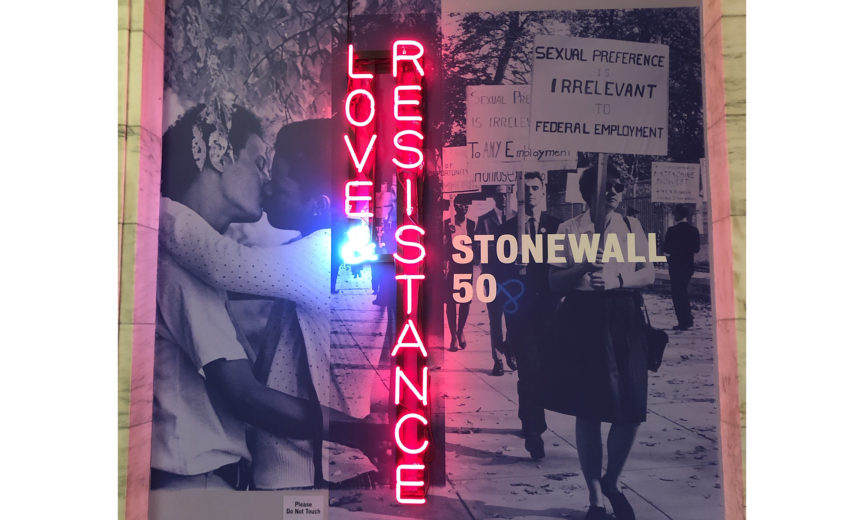

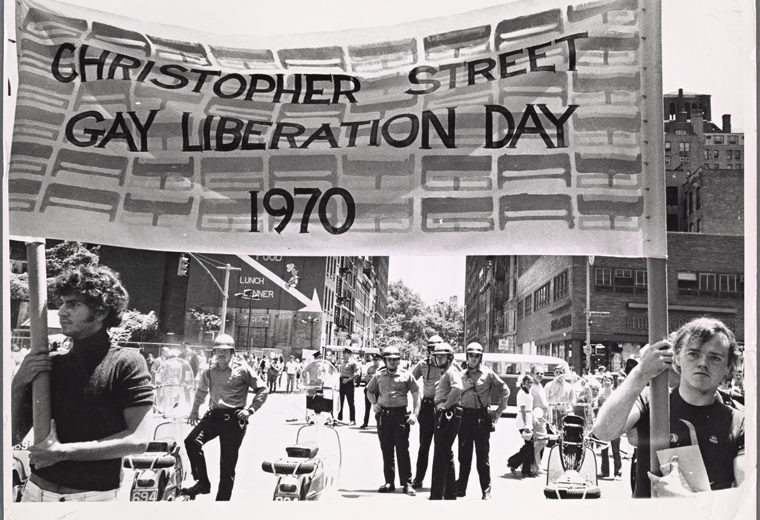
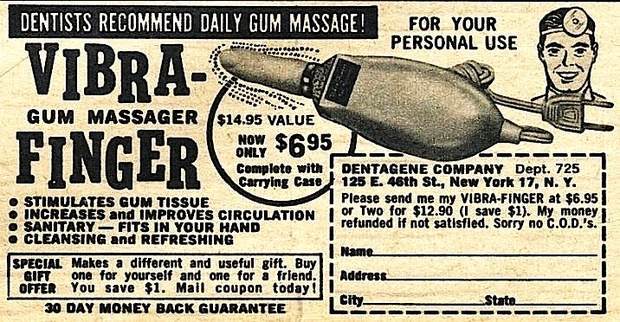
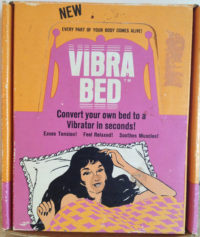 “relaxing” time in bed made me wonder about the Vibra Bed’s intended use. I found two versions; the first has a late 60’s illustration then another with an early 70’s photo. In the box, you find a mid-sized square device you can attach to the bed to replicate those vibrating “magic finger” motel beds. Because everyone goes home from that no-tell motel going “Gosh I wish I had that vibrating bed action at home!” (Well, maybe a few did. Who am I to yuck somebody’s yum)
“relaxing” time in bed made me wonder about the Vibra Bed’s intended use. I found two versions; the first has a late 60’s illustration then another with an early 70’s photo. In the box, you find a mid-sized square device you can attach to the bed to replicate those vibrating “magic finger” motel beds. Because everyone goes home from that no-tell motel going “Gosh I wish I had that vibrating bed action at home!” (Well, maybe a few did. Who am I to yuck somebody’s yum)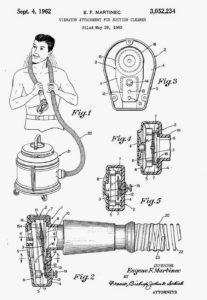 Another interesting find is the Filter Queen Vibrator by Health-Mor Inc. Filter Queen is known for its canister style vacuum cleaners. They carry a wide assortment of accessories including an attachment that turns your vacuum into a vibrator. The box shows how the hose vibrates and recommended use on various parts of the body. The attachment was invented by Eugene F. Martinec, vice president of manufacturing and inventor of many accessories for Health-Mor, and patented in 1962. At $14.50, this accessory is quite expensive, about $115 today. This price makes it more than twice the price of a Magic Wand and not as exciting. It looks like it came as part of an entire filter queen kit sold door to door, so may not have been purchased separately very often. Filter Queen is still in existence today, but no longer sells the attachment. Although an authorized dealer in Canada still offers the vibrator on their website.
Another interesting find is the Filter Queen Vibrator by Health-Mor Inc. Filter Queen is known for its canister style vacuum cleaners. They carry a wide assortment of accessories including an attachment that turns your vacuum into a vibrator. The box shows how the hose vibrates and recommended use on various parts of the body. The attachment was invented by Eugene F. Martinec, vice president of manufacturing and inventor of many accessories for Health-Mor, and patented in 1962. At $14.50, this accessory is quite expensive, about $115 today. This price makes it more than twice the price of a Magic Wand and not as exciting. It looks like it came as part of an entire filter queen kit sold door to door, so may not have been purchased separately very often. Filter Queen is still in existence today, but no longer sells the attachment. Although an authorized dealer in Canada still offers the vibrator on their website.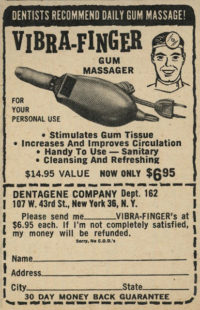 massager comes shaped like a rather realistic looking finger. Apparently, dentists highly recommended gum massage to combat Pyorrhea or soft irritated gums. It cost $6.95, had a 30-day money back guarantee, and a one year warranty. The instruction booklet recommends a 60-second massage after brushing your teeth and lets you know you can purchase replacement fingers for a $1 each. I’m not sure why these fingers had to look so disturbingly life-like, it doesn’t seem necessary to perform the cleansing and refreshing massage
massager comes shaped like a rather realistic looking finger. Apparently, dentists highly recommended gum massage to combat Pyorrhea or soft irritated gums. It cost $6.95, had a 30-day money back guarantee, and a one year warranty. The instruction booklet recommends a 60-second massage after brushing your teeth and lets you know you can purchase replacement fingers for a $1 each. I’m not sure why these fingers had to look so disturbingly life-like, it doesn’t seem necessary to perform the cleansing and refreshing massage
